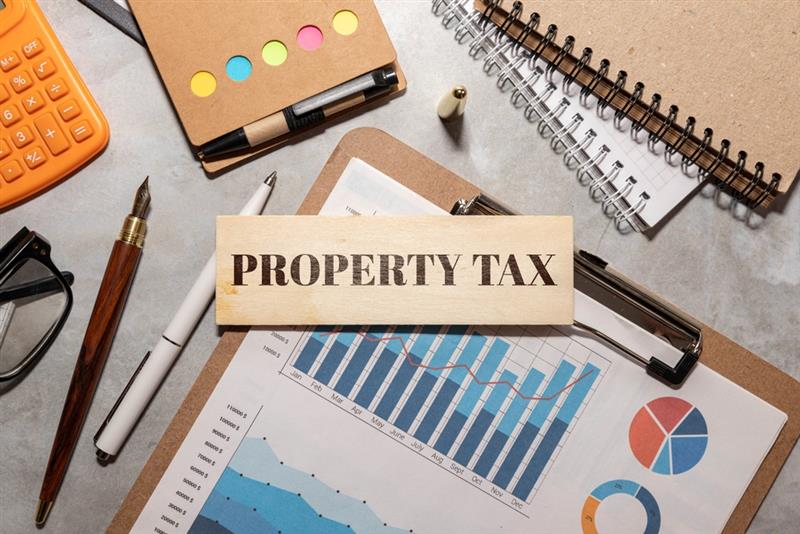Tax Obligations for Landlords: Your Guide to Self Assessment

Dealing with tax matters as a busy landlord may be a chore, but it’s important to get the process right. This month, we offer simple tips for completing your self-assessment tax return.
What is Tax Self Assessment for Rental Income?
Self-assessment is required when tax is not automatically deducted from the money you earn. As a landlord, HMRC requires you to assess your income from rent (plus any other relevant income streams), deduct allowable expenses and calculate the amount of tax you should pay. You must then submit this information via a tax return.
Who Should File a Tax Return?
Landlords earning more than £1,000 a year will need to declare income earned from rental properties, including furnished holiday lets. They will also need to declare any income from overseas lettings.
Here are some additional reasons to file a tax return:
- Earning income from a property which is owned jointly.
- Gaining income from shared housing arrangements or from subletting
- When your total income from all sources exceeds your personal allowance
- If you owe Capital Gains Tax on the sale of a rental property.
What Expenses Can I Claim For?
In 2022/23, unincorporated landlords in London claimed around £6bn in property expenses. Here are some of the expenses that can be offset against tax:
- Interest on your mortgage payments
- Repairs and maintenance to the property (note that this doesn't include making improvements)
- Fees paid to agents for finding tenants and managing your property
- Service fees and ground rent charges for leased properties
- The cost of insuring your rental property
- Utility bills and council tax, if you pay these as part of the rental agreement
- Marketing costs incurred when advertising for new tenants
- Legal services and accounting fees relating to your rental property.
Frequent Tax Return Errors
Here are some of the most common reasons for errors in tax returns:
Confusing capital expenses with revenue costs: you can only claim 'capital' expenses (improvements that add value) when you come to sell the property. However, you can claim for 'revenue' expenses related to repair and upkeep.
Training courses: it’s fine to claim for refresher courses, but a course that expands your knowledge or teaches new skills would be classed as a capital expense.
Car maintenance: car insurance, MOTs and car repairs can't be claimed, even if you use your vehicle in relation to your rental properties.
Fuel and subsistence: keep accurate records showing where and when you used your car in relation to your rental property. Claim only for exact mileage and food and drink receipts relevant to those trips.
Mortgage interest relief: following changes brought in in 2016, you can only claim 20 per cent tax relief on the interest paid on a mortgage, not for the full mortgage.
Making Tax Digital: what it means for you
Under HMRC’s Making Tax Digital policy, individual landlords or landlord companies with a certain level of income will be required to keep digital records. Using compatible computer software, landlords must submit records to HMRC every quarter.
The new system should reduce paper-based admin, save time submitting end of year tax returns and cut the risk of making errors.
Those with qualifying income of over £50,000 must comply from April 2026, while those earning over £30,000 must comply from April 2027.
Tax self assessment, a step by step guide
Step 1
Start by registering with HMRC no later than 5th October following the tax year in which you have first earned rental income. You can register online through the HMRC website. Once you've signed up, you will be provided with a UTR (Unique Taxpayer Reference) to use with your tax return.
Step 2
Organise your documentation. It will help speed things along if you can bring together documents, including rental income statements, mortgage interest statements and expense receipts, before starting your tax return.
Step 3
The main self-assessment form is an SA100, but as a landlord, you must fill out the property income section of the form (supplementary pages SA105). In this section, you will find out how to report your rental income, claim expenses and calculate the level of profit on which you will be taxed. Before submitting, double-check all entries for possible errors.
Step 4
After HMRC has processed your submission, you will receive a bill that can be paid by direct bank transfer, debit or credit card, or direct debit. If you can't pay the full amount by the deadline given, you can set up a payment plan to pay the full amount over time.
If you earn more than £1,000 per year, you might be required to make 'payments on account'. These are payments made towards your tax bill twice a year in advance. The first payment is made by 31st January, and the second by 31st July.
Don’t Panic!
Filling out a tax return may feel like a daunting task, but if you start early and keep careful records, it should be easy to complete. If you have any queries, there are always professionals on hand to provide guidance and support for landlords.
Meanwhile, if you would like help finding tenants or managing your central London rental property, we are always happy to assist. Simply talk to our experienced lettings specialists at our offices in Westminster, London Bridge or Kennington.



